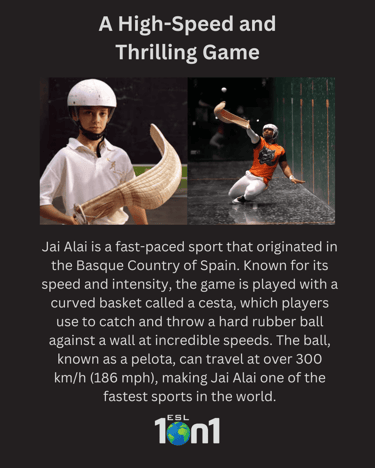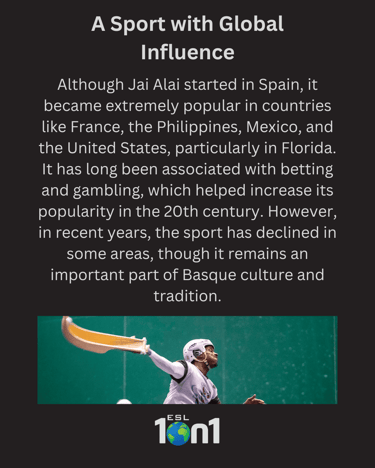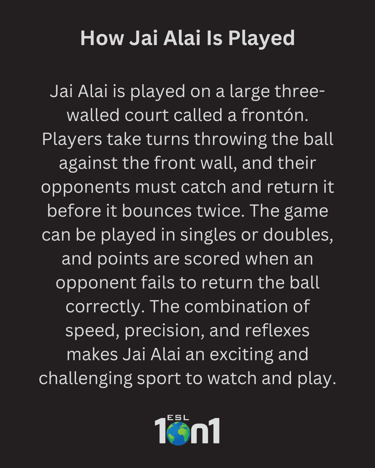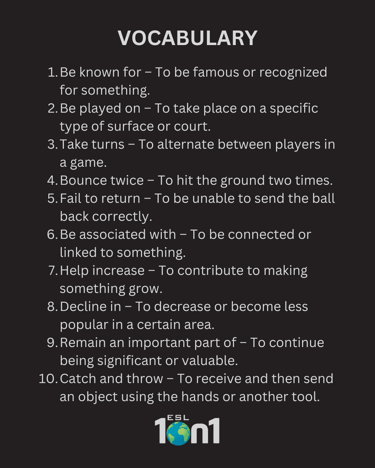
My Vicarious Jigsaw
I see the world as a vast jigsaw puzzle, with each piece representing a different culture, tradition, or way of life. Through my students, I’ve had the privilege of collecting these pieces—stories, insights, and perspectives that shape a richer, more complete picture of our world. As memory fades, I’ve decided to preserve and share these pieces here. Join me in exploring the world through English, using language as it’s meant to be used: for connection, understanding, and discovery.
Instructions:
Read the Article Carefully
Begin by reading the short article to get a general understanding of the topic. Pay attention to the main ideas, key details, and the tone of the passage.
Study the Vocabulary and Expressions
Review the list of useful phrasal verbs and expressions. Make sure you understand their meanings and how they are used in context.
Apply the Vocabulary
Practice using the new vocabulary in your own original sentences. Try to make the sentences meaningful and related to your own experiences if possible.
Respond to the Discussion Questions
Answer the open-ended questions thoughtfully and in complete sentences. These questions are designed to encourage personal reflection and promote speaking or writing fluency.
Optional Speaking Practice
If you're working in a group or with a teacher, use the questions to guide a conversation. Focus on pronunciation, clarity, and using the vocabulary naturally during discussion.
The Bourbons: Spain’s Royal Game-Changer
When the Habsburg era ended, the Bourbon dynasty stepped in—bringing big changes to Spain! From centralizing power to modernizing the economy, they reshaped the nation. And guess what? A Bourbon still sits on the throne today!
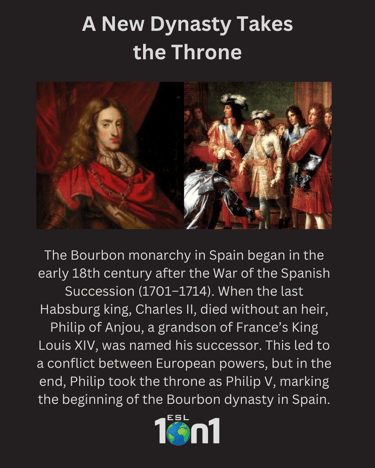
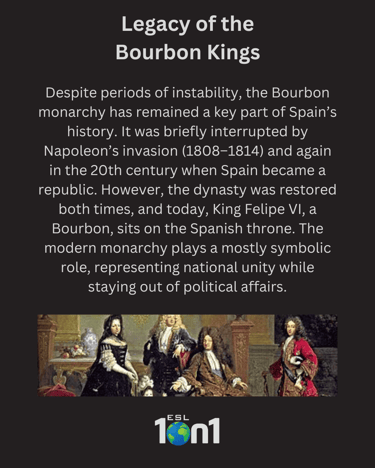
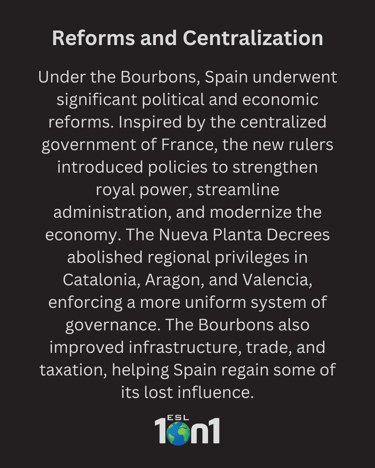
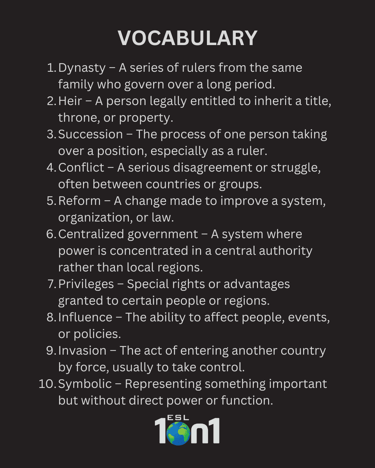




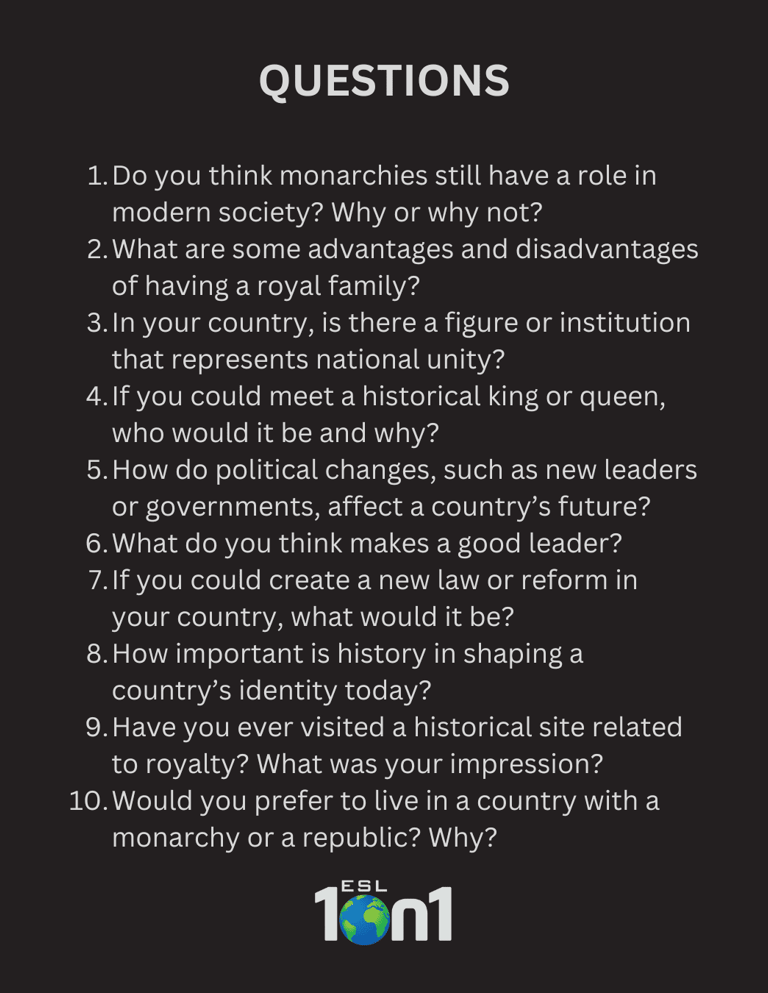

Feria de Abril: Spain’s Most Colorful Festival
Would you dance Sevillanas in a flamenco dress? Or sip rebujito in a bustling caseta? Feria de Abril turns Seville into a world of music, tradition, and serious style!
This cultural snapshot is perfect for English learners who want to explore Spanish traditions and improve vocabulary at the same time! In our online English classes, we use real events and fun topics like this to make learning exciting, natural, and personal.
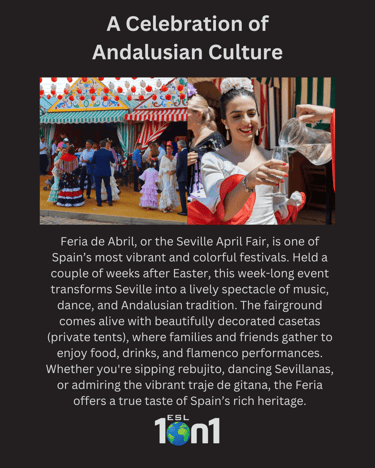

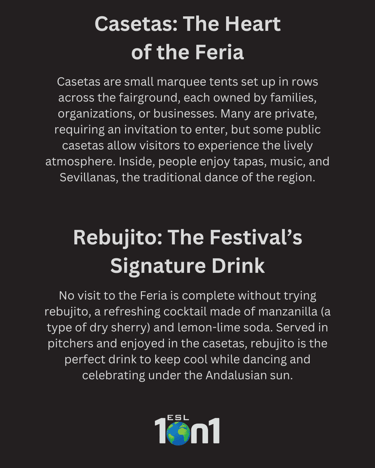
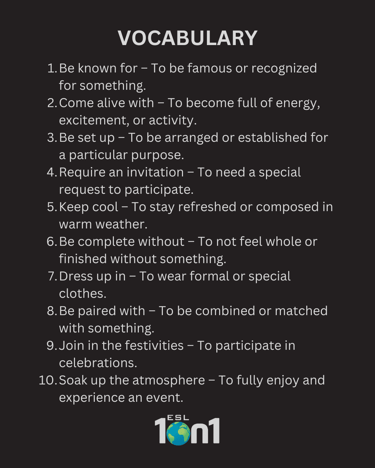




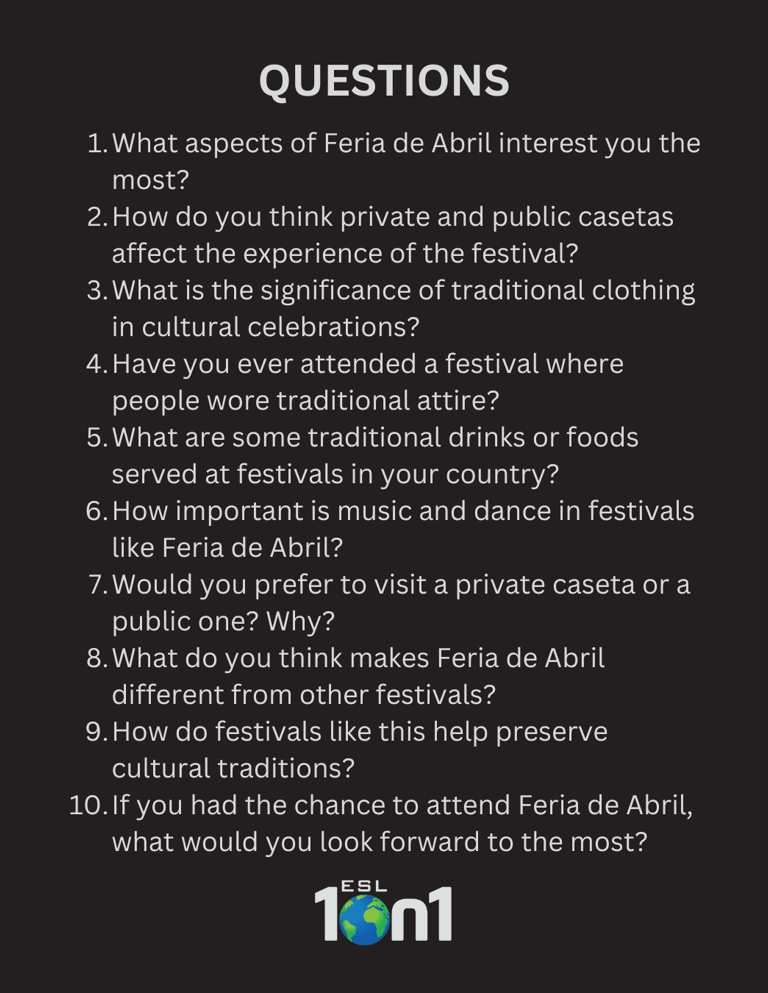

Tió de Nadal: Catalonia’s Magical Christmas Log
Meet Tió de Nadal, the smiling log from Catalonia, Spain, who “poops” gifts on Christmas Eve!
Children “feed” this cheerful wooden log in the days leading up to Christmas, then gather around to sing songs and tap on it with sticks, hoping to find sweets and small presents hidden under the blanket.
Unlike Santa, Tió de Nadal doesn’t bring big gifts—he brings laughter, magic, and tradition. Rooted in centuries-old folklore, this charming custom celebrates joy, generosity, and imagination.
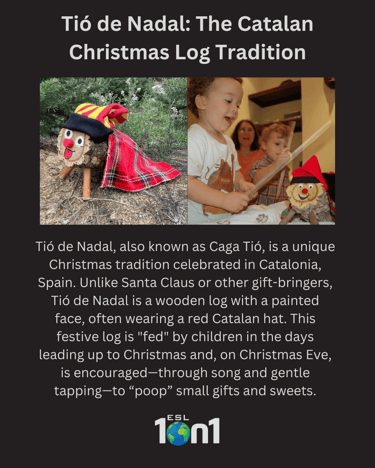

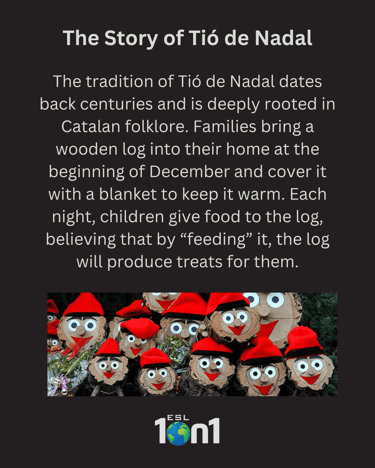
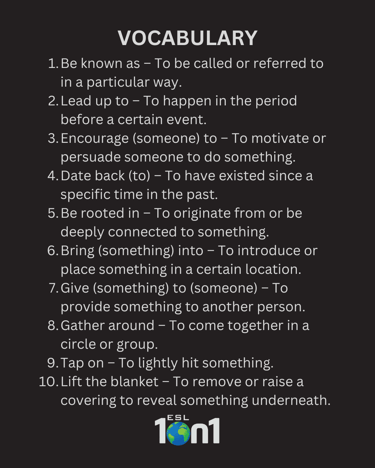




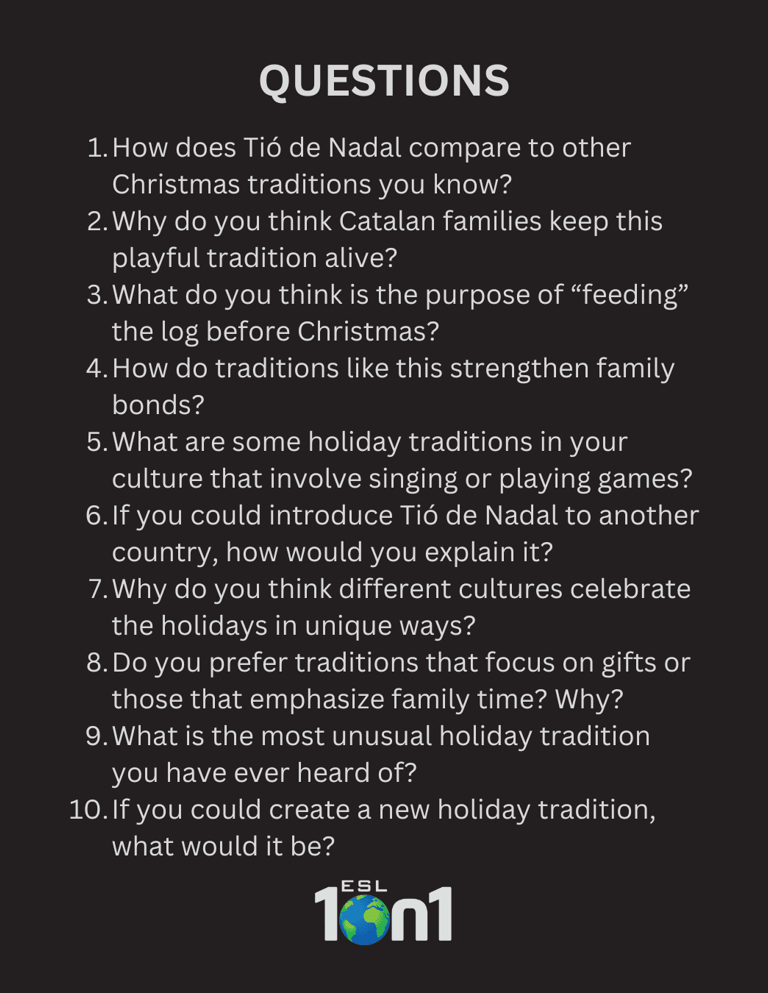

Reyes Magos: A Magical Tradition Beyond Santa Claus
While Santa Claus takes center stage in many cultures, in Spain and Latin America, it’s the Three Wise Men—Melchior, Gaspar, and Balthazar—who steal the show every January 6th. Known as Día de Reyes, this joyful celebration is filled with sparkling parades, sweet pastries, and heartfelt letters from children hoping for gifts.
From tossing candy during the Cabalgata de Reyes to discovering a hidden figurine in the Roscón de Reyes, this holiday is rich in both history and excitement.
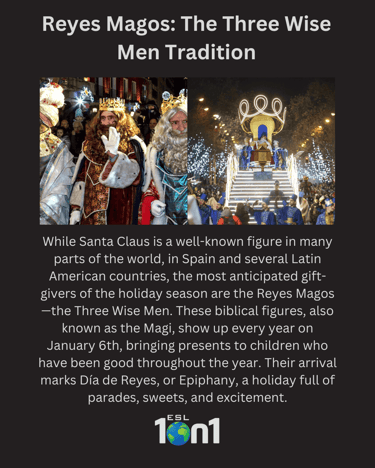
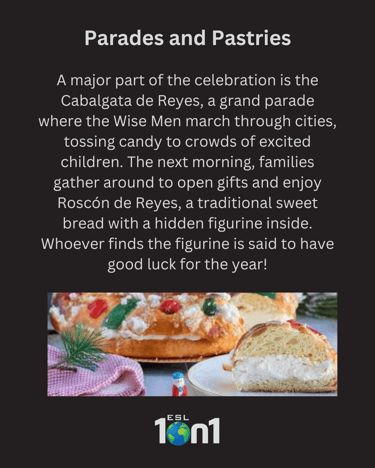
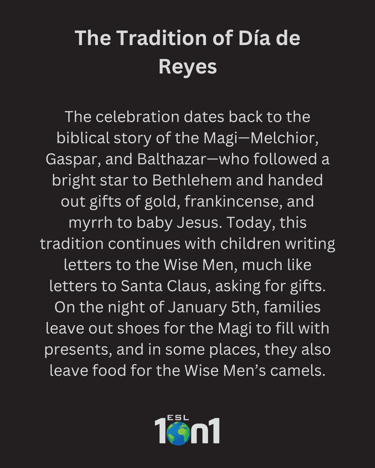
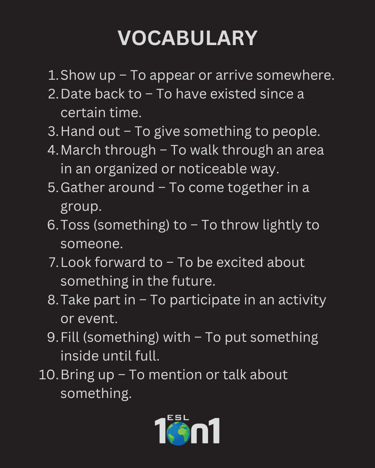




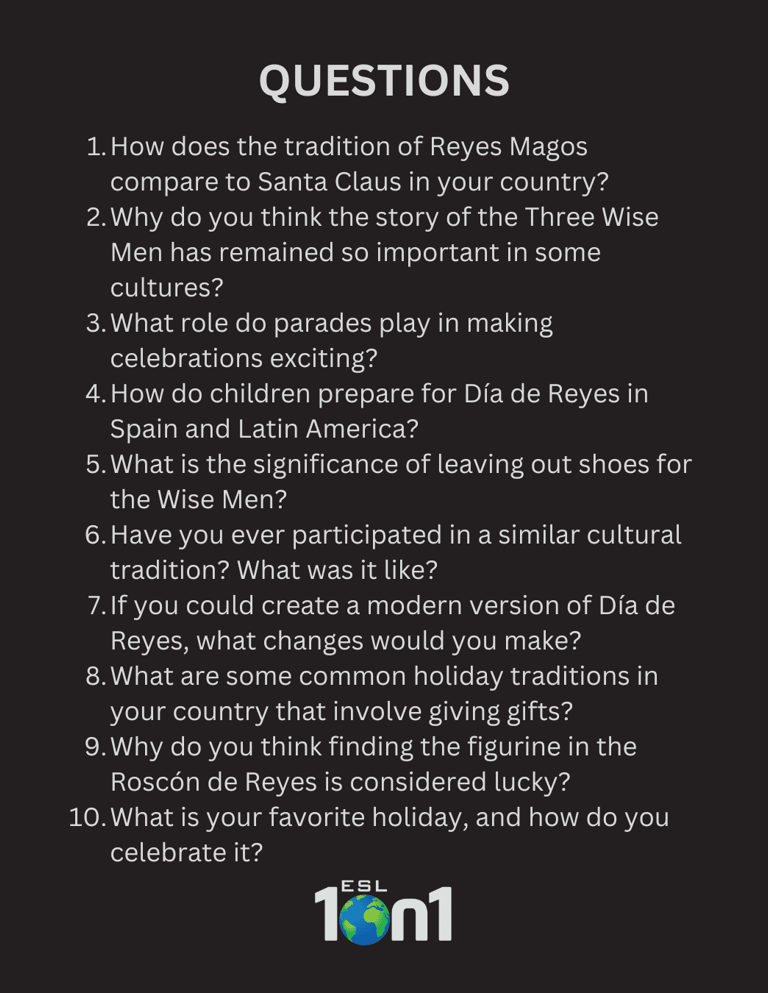

Olentzero: The Basque Spirit of Christmas
Move over Santa Claus! In the Basque Country, Olentzero is the true star of Christmas Eve. A humble coal miner from the mountains, Olentzero brings joy, gifts, and tradition to children across the region. His tale is rooted in ancient folklore, symbolizing warmth, kindness, and community.
From parades through mountain towns to charming figurines in homes, Olentzero has evolved to stay relevant—now often joined by Maridomingi, his female counterpart. This lesson weaves together cultural insights and English vocabulary with useful phrasal verbs and idioms to boost language skills through storytelling.
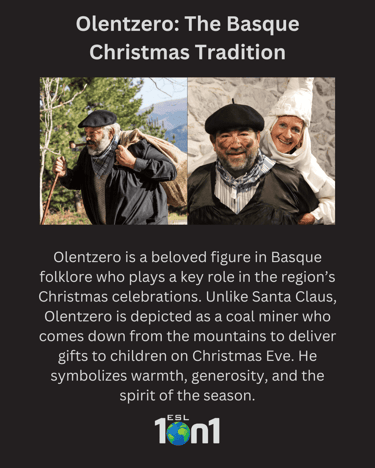
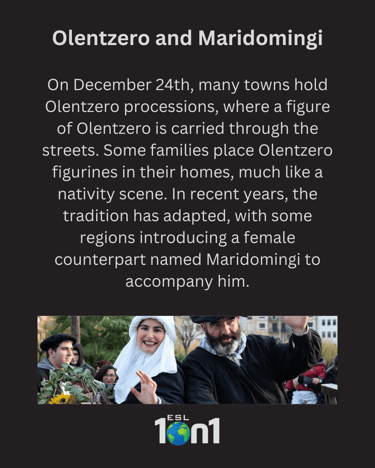
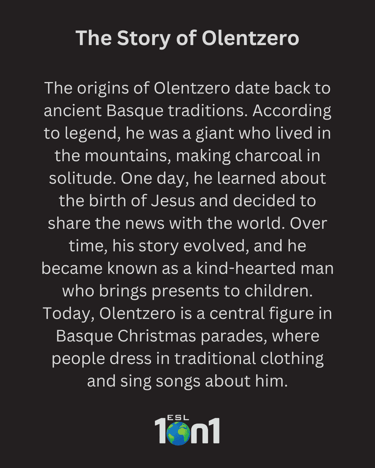
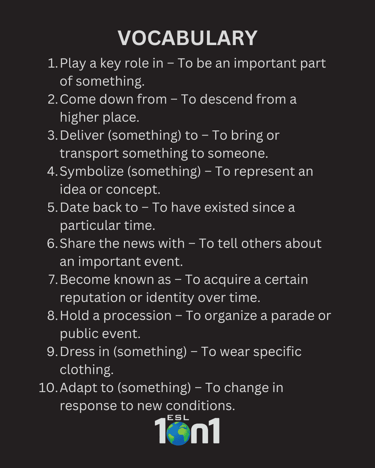




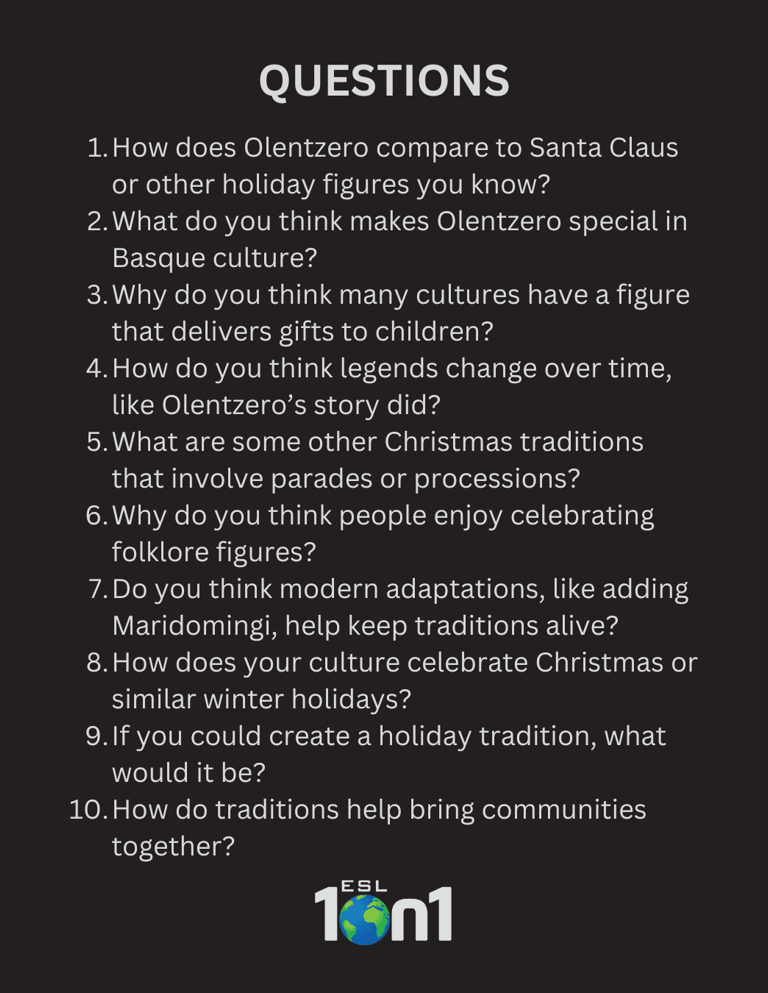

La Befana: Italy’s Gift-Giving Christmas Witch
In Italian folklore, La Befana is no ordinary holiday figure—she’s a soot-covered, broom-flying old woman who shows up on January 5th to deliver sweets or coal to children. Far from scary, she represents kindness, reflection, and second chances—a heartwarming twist on the idea of rewarding good behavior.
Legend says she once refused to join the Three Wise Men on their journey, and now she flies the world each year searching for the Christ child, just in case he's among the children she visits.
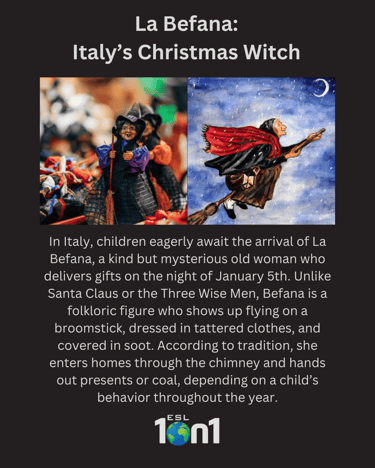
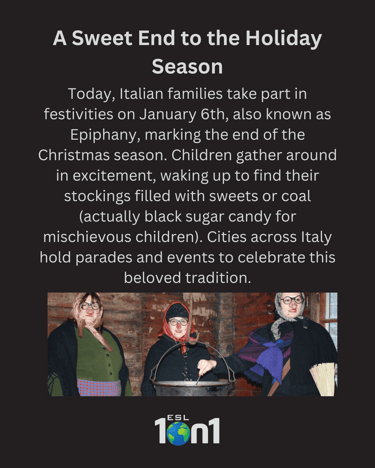
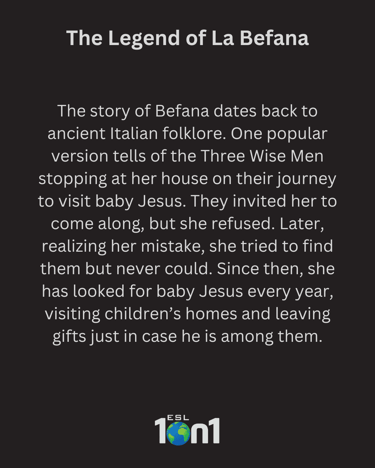
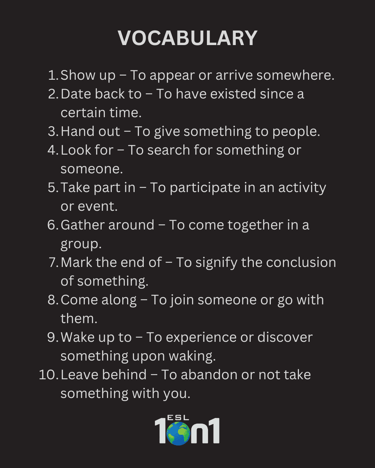




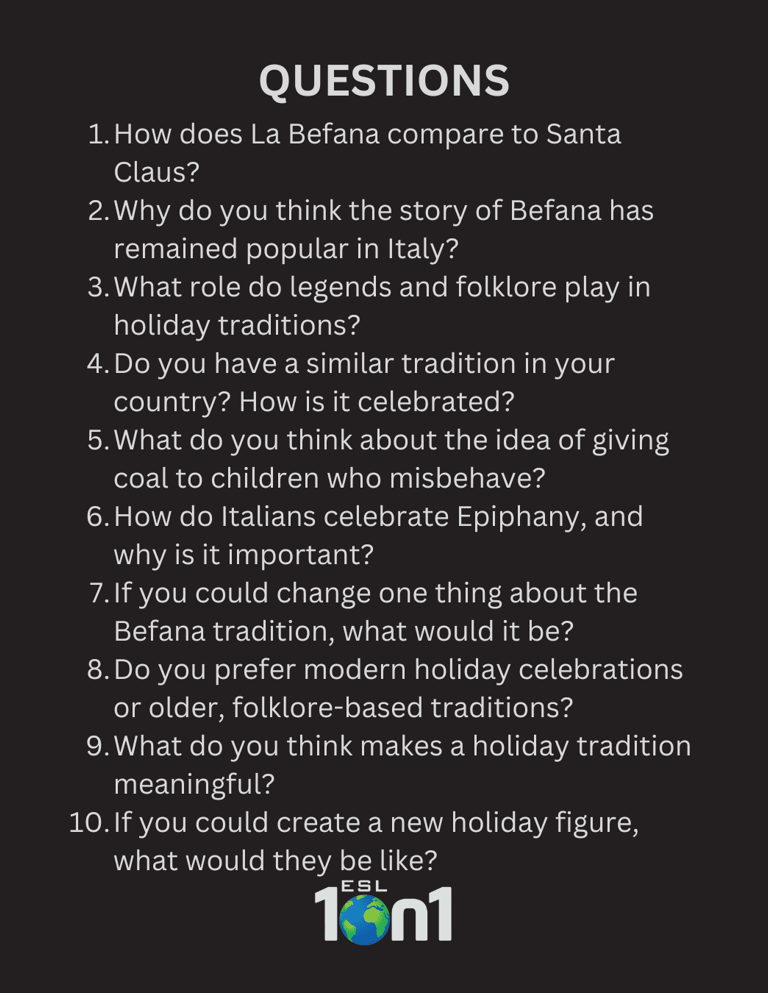

Wangxian Valley’s Hanging Houses: A Cliffside Wonder
Clinging to the cliffs of Wangxian Valley, these ancient hanging houses showcase remarkable engineering and cultural heritage. Built centuries ago to withstand floods and wildlife, they remain a symbol of resilience and ingenuity. Would you dare to step inside?

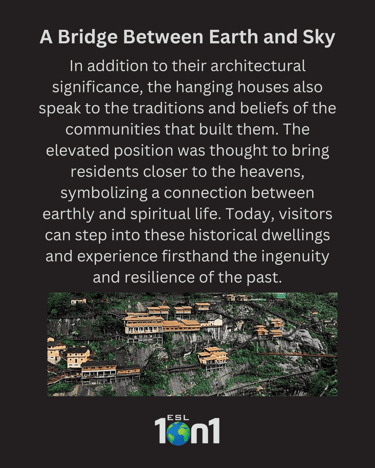

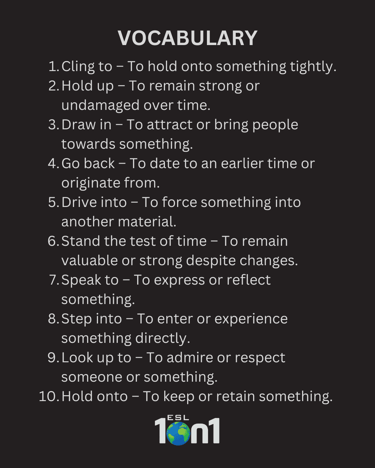






Dokkaebi: Korea’s Trickster Spirits with a Playful Side
Mischievous yet sometimes generous, Dokkaebi are Korea’s legendary goblins known for testing humans with pranks, wrestling matches, and magical gifts. Whether rewarding the kind or outsmarting the greedy, these supernatural beings remain a beloved part of Korean folklore. Have you heard any Dokkaebi tales?
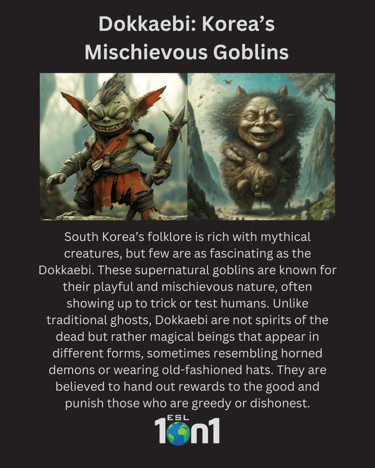
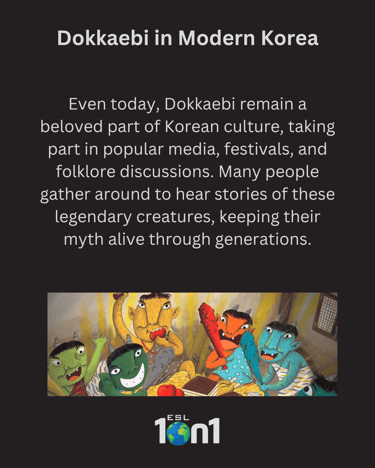
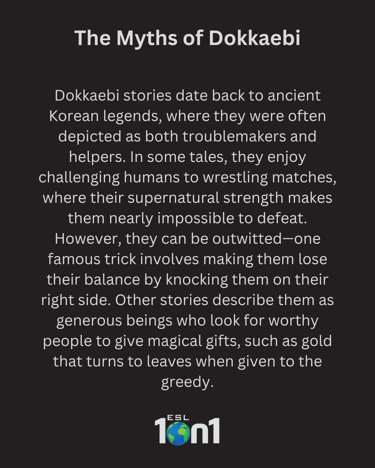
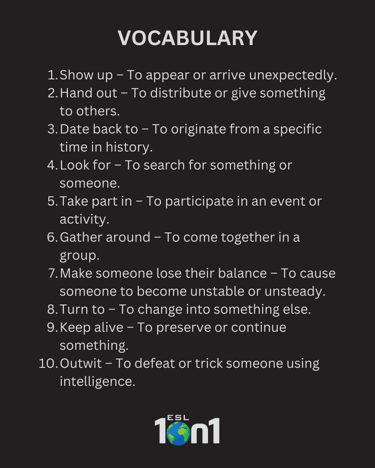




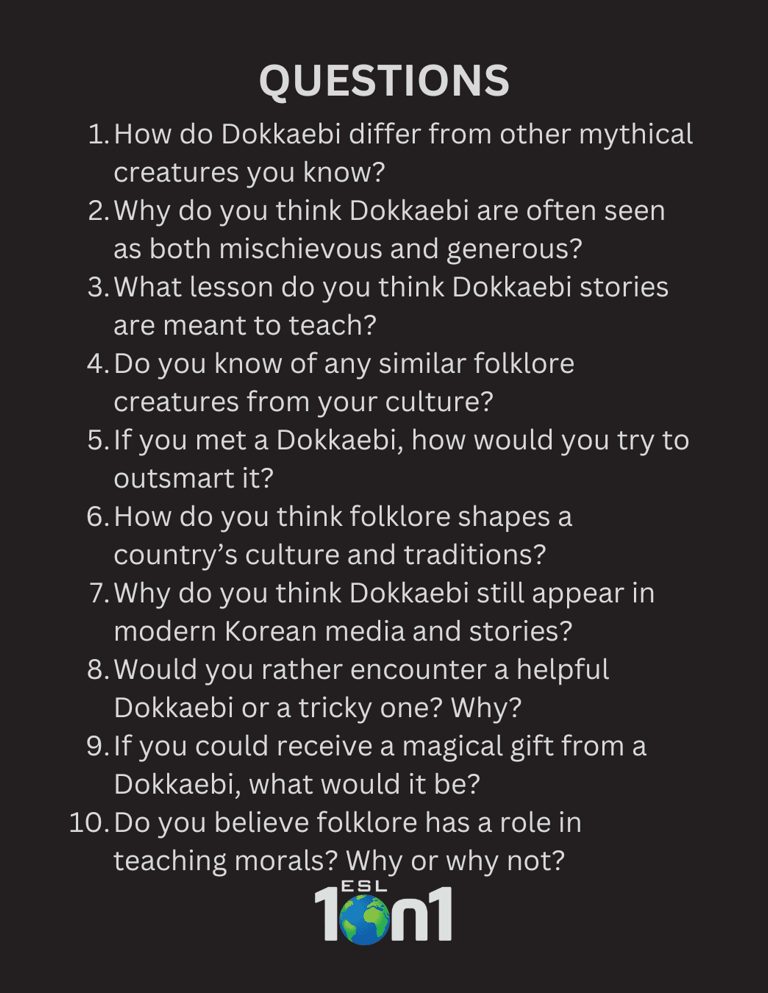

Topienie Marzanny: Poland’s Fiery Goodbye to Winter
Every spring, Poles bid farewell to winter with the fiery and watery fate of Marzanna—a straw doll symbolizing the cold season. Set ablaze and cast into a river, she takes winter’s chill with her, making way for sunshine and new beginnings. A little dramatic? Maybe. A whole lot of fun? Absolutely! Would you take part in this bold seasonal send-off?
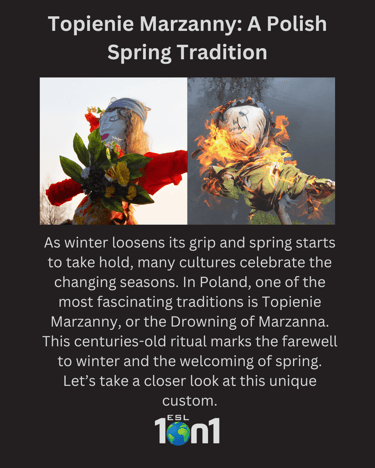
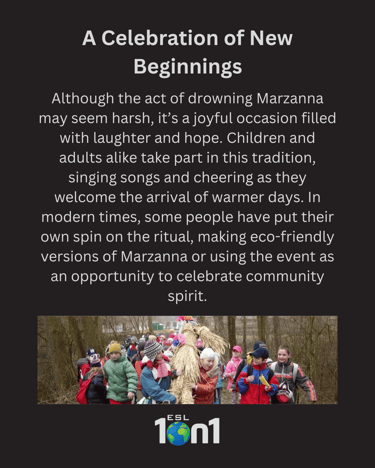
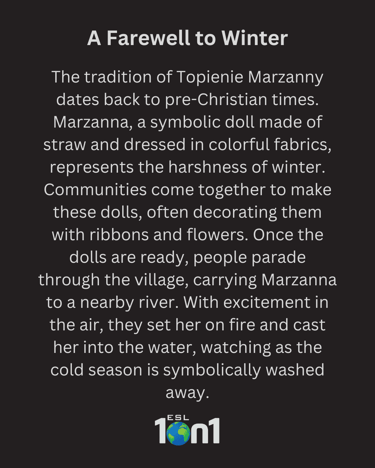
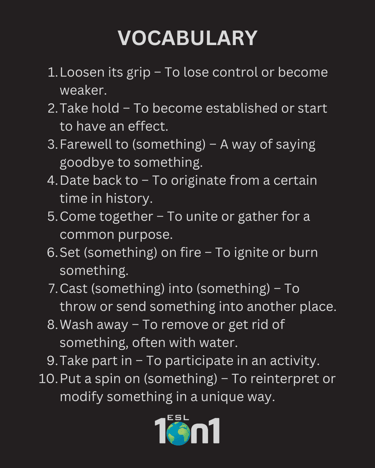




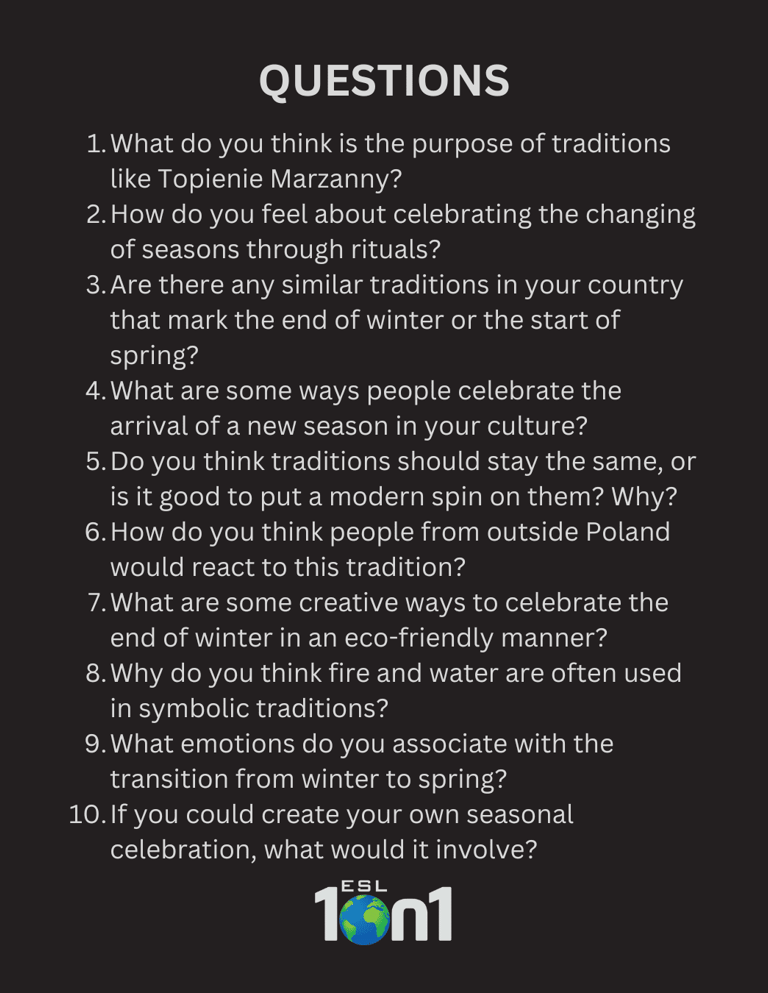

Kintsugi: Turning Broken into Beautiful
In Japan, broken pottery isn’t thrown away—it’s repaired with gold! Kintsugi teaches us that imperfections are part of our story, making us even more unique. Instead of hiding cracks, we highlight them. Just like in life, our scars make us stronger.
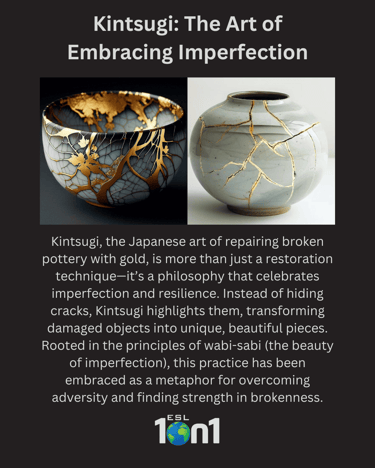
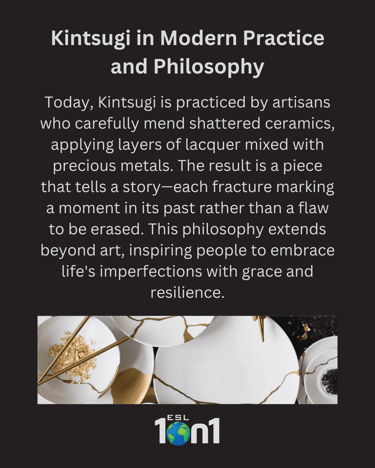
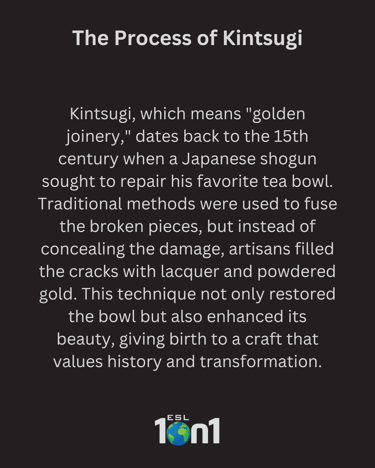
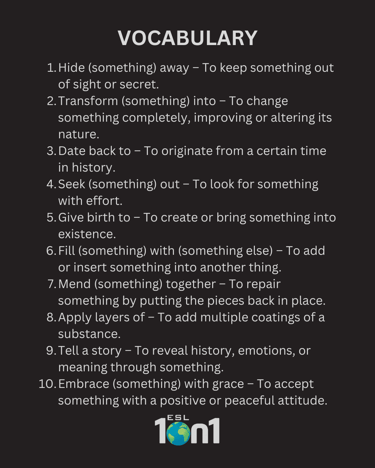




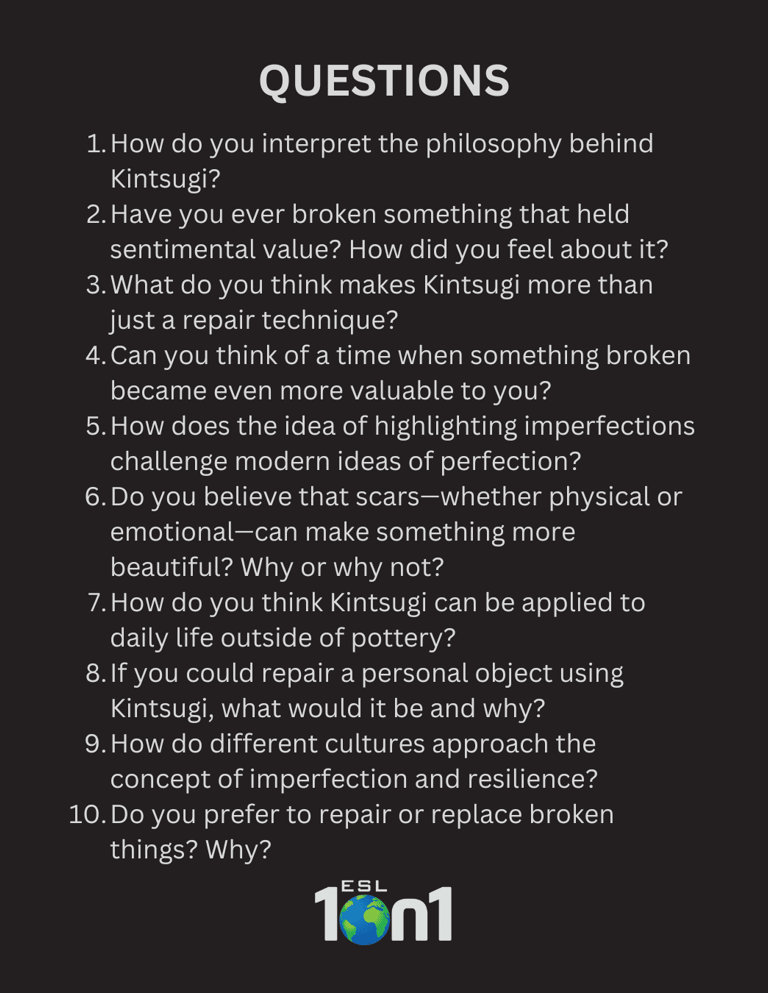

Fallas: Spain’s Fiery Festival of Art & Tradition
Valencia’s most spectacular celebration is here! Towering sculptures, booming fireworks, and a city-wide party—all leading to the grand finale: La Cremà, where fire clears the way for new beginnings. Would you dare to witness the flames up close?
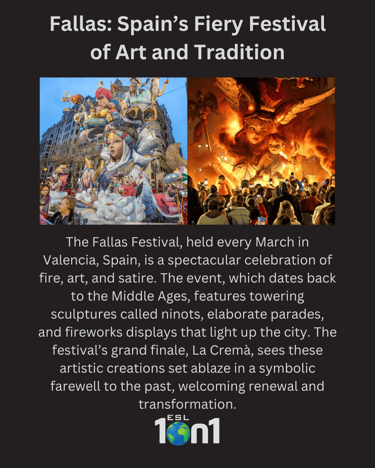
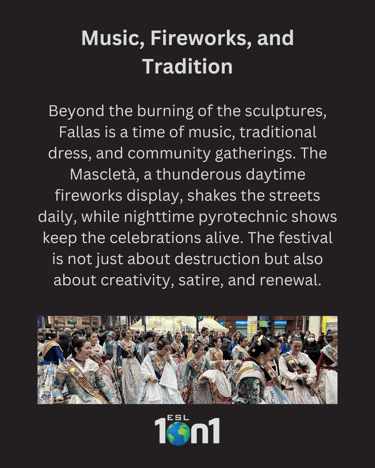
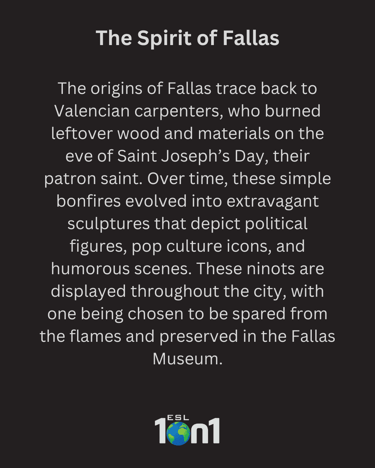
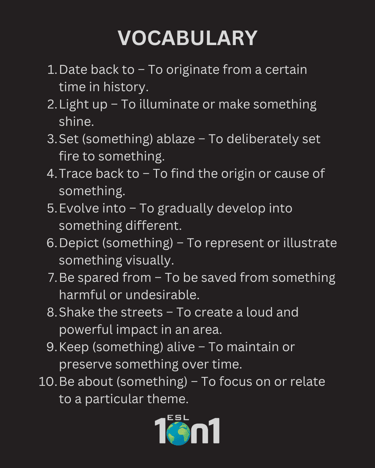




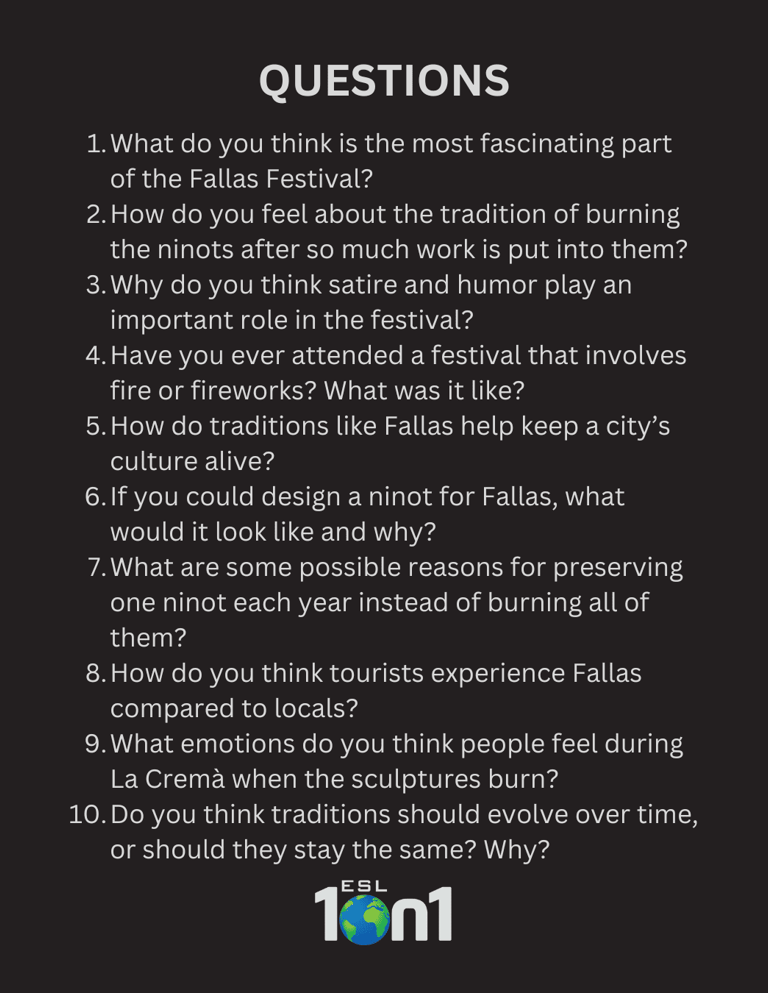

Sepak Takraw: The No-Hands Volleyball of Southeast Asia
Ever seen volleyball played with only your feet, head, and shoulders? Welcome to Sepak Takraw, a thrilling Southeast Asian sport that blends acrobatic kicks, teamwork, and tradition!
Played on a badminton-sized court with a rattan ball, teams of three must send the ball over the net using jaw-dropping moves—no hands allowed! Rooted in culture and gaining international recognition, Sepak Takraw is not just a sport—it’s a celebration of skill, speed, and heritage.

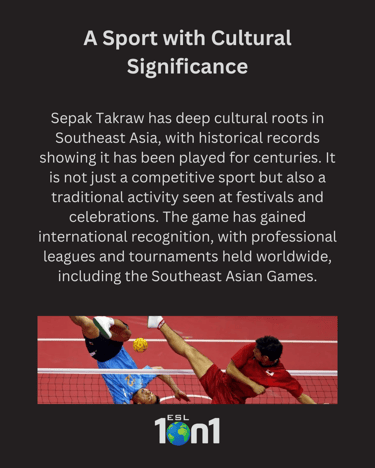
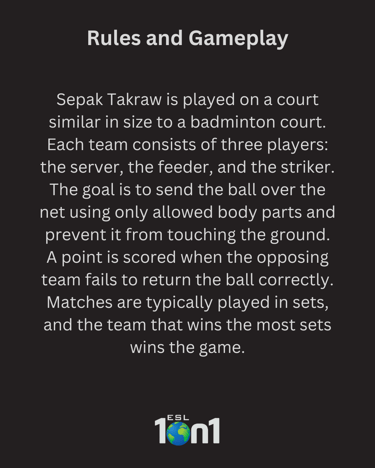
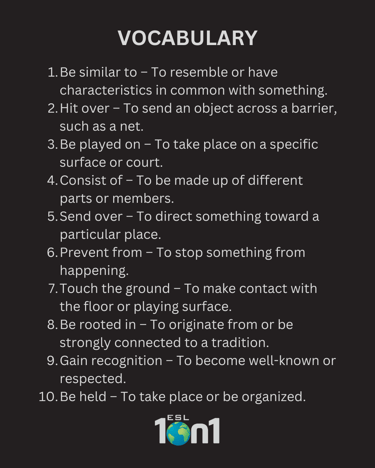




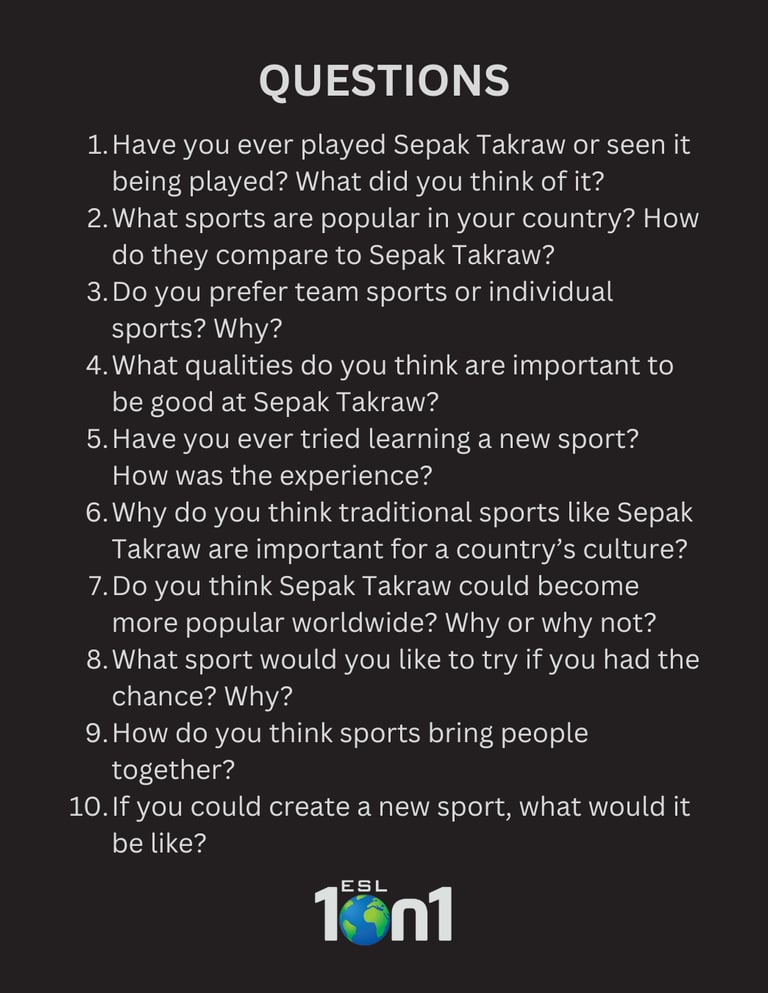

Rodas Beach: Spain’s Hidden Paradise
Welcome to Rodas Beach, the breathtaking jewel of the Cíes Islands in Galicia, Spain! With soft white sand, turquoise waters, and no hotels in sight, this beach is a peaceful escape and a perfect setting for learning English through nature.
This protected area is home to seabirds, scenic hiking trails, and marine life—and it’s only reachable by ferry from Vigo, keeping it clean and quiet.

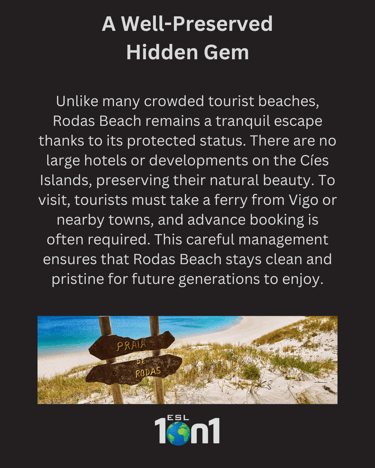

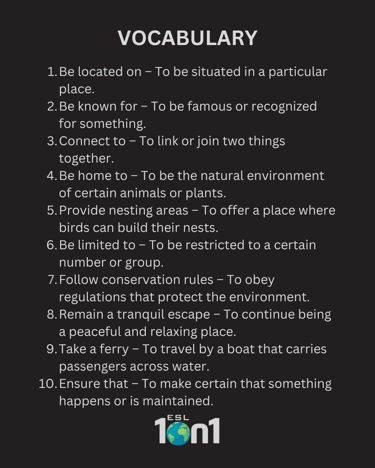




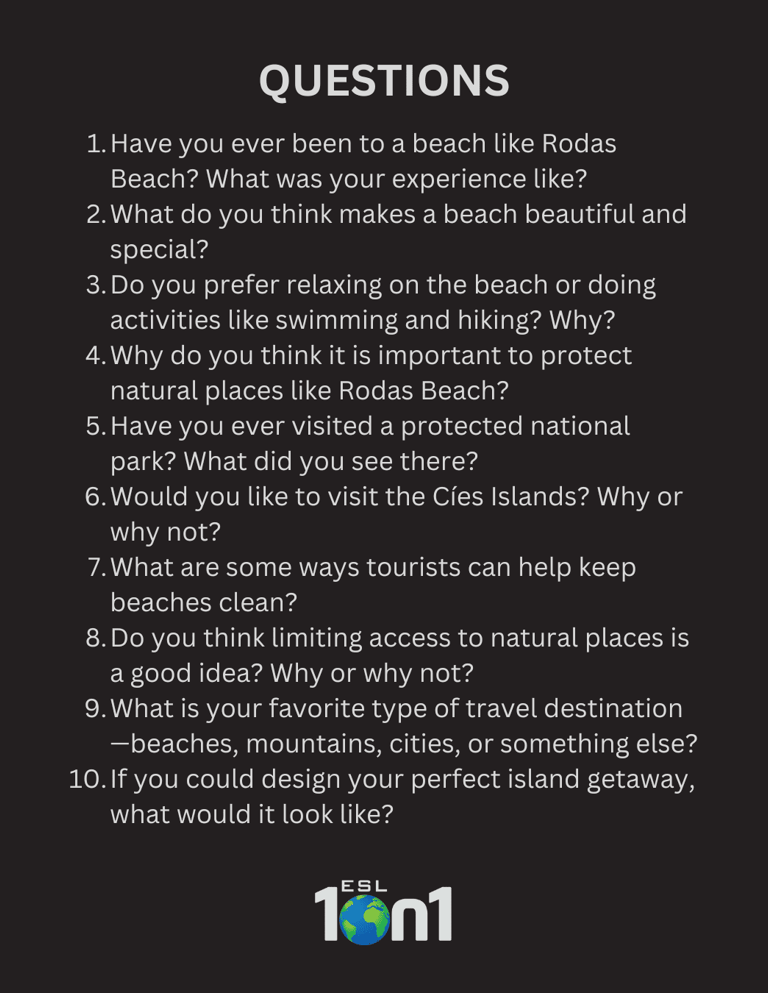

Spain’s Exotic Delicacy: Percebes
Have you ever heard of percebes? Known as goose barnacles, they’re one of Spain’s most expensive and fascinating seafoods—harvested by brave fishermen battling crashing waves on the rocky coast of Galicia!
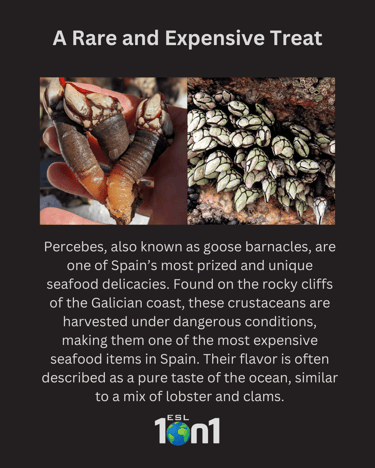
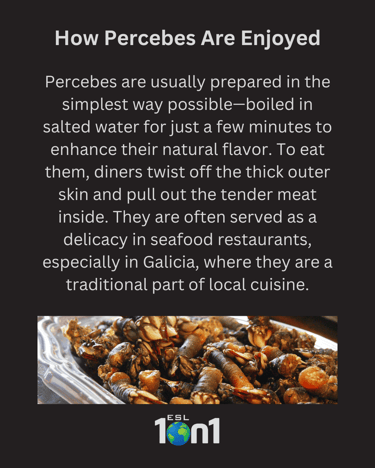
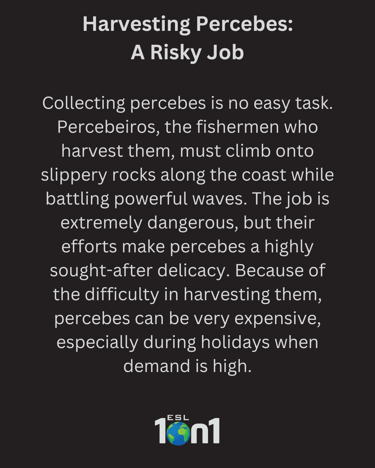
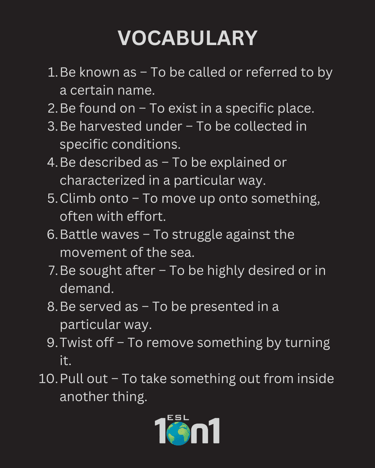




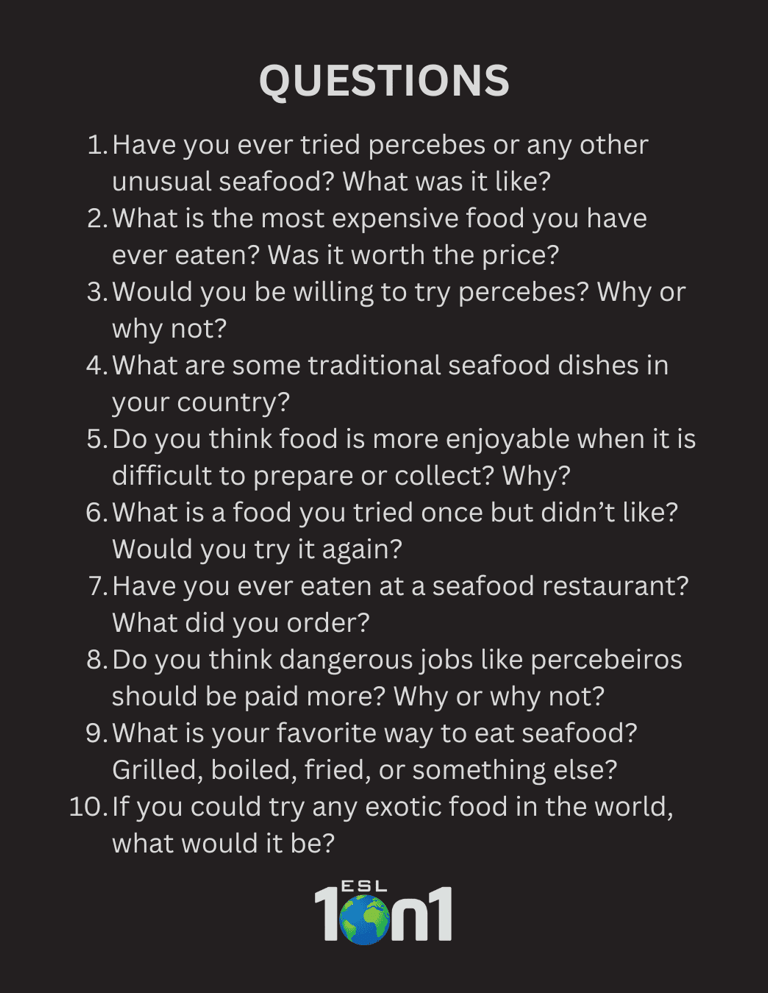

Jai Alai: The World’s Fastest Ball Sport!
Have you ever seen a ball fly faster than a car? Jai Alai, a thrilling sport from Spain’s Basque region, uses a curved basket (called a cesta) to hurl a rubber ball at over 300 km/h! That’s why it’s known as the fastest ball sport on Earth.
